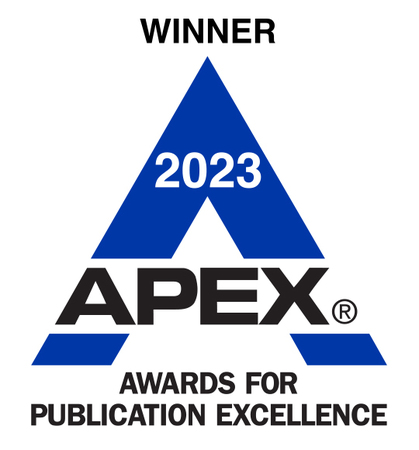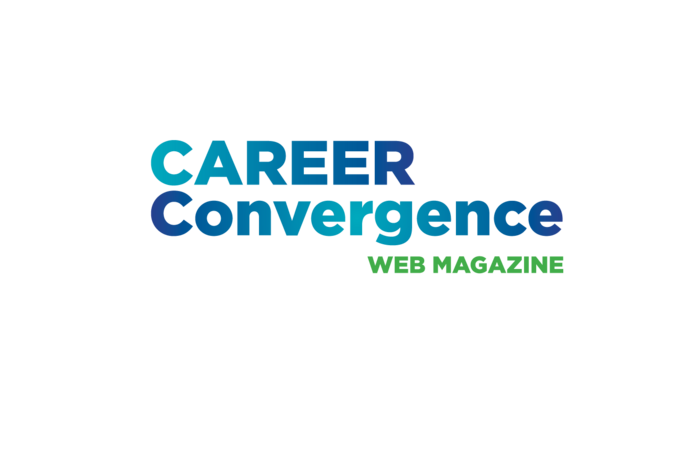03/01/2016
Making Career Information Stick
By Kim Matteson
Too many times a presentation may begin to turn off individuals and they slowly stop paying attention. How can presenters keep their audience engaged? How can they ensure their audience remembers the information presented? Simple - by applying some of the principles in the book, “Made to Stick.” by Chip and Dan Heath. According to the Heath brothers, information given during presentations should be unexpected, credible, concrete, and simple. Using résumé writing as an example topic for a presentation to a group of students, follow the advice below to understand how applying some of the concepts in “Made to Stick” will grab the audience’s attention and help them remember the concepts presented.
Unexpected: During the résumé writing presentation, give participants a copy of a client’s résumé that does a poor job of highlighting the candidate’s strongest qualifications. Ask participants to look at the résumé for six seconds. The audience will be shocked at how quickly the time goes by when slowly counting to six. What do they remember? What grabbed their attention? What stood out and got noticed?
Talk about the employment position the client was seeking and ask the audience if they believe the employer noticed the most important information in the résumé. If the résumé was not written well, the audience may not notice or remember important credentials or key words that the candidate would want to stand out. Inform the audience that according to an eye-tracking study released in 2012 by TheLadders, an online job-matching service, recruiters spent an average of 6 seconds reviewing an individual résumé. This emphasizes how important it is for the writer to highlight the strongest qualifications for the target position. The audience’s unexpected realization that the strong qualifications were unnoticed may help them in their own future resume-writing.
Credible: Accessible statistics, according to the Heath brothers, allow concepts to stick. In the example above, the presenter could have only told the audience that employers review résumés for an average of six seconds, but instead the audience was also put in the employer’s role, scanning the résumé in those same six seconds for qualifications that stood out.
Another way to enhance credibility would be by presenting a well-written résumé sample that resulted in an interview. Tell the audience that this résumé was written to be sent to only one employer. In addition to enhancing credibility, this tactic allows the audience to review a well-written résumé in follow-up to the poorly written one as used above.
Concrete: Examples in presentations that are based on real people and their stories give the audience a specific subject and typically allows them to easily remember the information. Using an actual person’s résumé (with permission, of course) and the client’s story throughout the presentation conveys the importance and aids in the discussion of why certain items on the résumé are highlighted and where they are placed.
The presenter might also try telling the client’s actual story to the audience and having them decide what the client should highlight on the résumé. Afterward, show them what items were highlighted by the client and explain why those items were important.
Simple: Decide what one, single concept is most important in the résumé and make this the entire focus of the presentation. For example, when the presentation is on résumé writing, the presenter could choose to focus on how to target the résumé for a specific employment opportunity within a specific organization.
The focus is accomplished simply by teaching the audience to highlight relevant information in bullet points and to emphasize key words and phrases that aid in reflecting their skills in relation to the job they are pursuing. A different presentation could choose to focus on other topics such as résumé formatting basics or writing good descriptions of work experience.
I used these concepts in a university classroom presentation lasting 75 minutes and I am happy to report the entire class was engaged, even the ones at the back of the class who often do not pay attention. Hopefully, integrating information that is unexpected, credible, concrete, and simple will help audience members to remember career-related information and to stay engaged. Try putting these principles into action during your next presentation.
References
Evans, W. (2012). Eye Tracking Online Metacognition: Cognitive Complexity and Recruiter Decision Making. Retrieved from http://cdn.theladders.net/static/https://demotcs.com/aws/NCDA/am/gi/basicSite/pdfs/TheLadders-EyeTracking-StudyC2.pdf
Heath, C. & Heath, D. (2007). Made to Stick: Why Some Ideas Survive and Others Die. New York: Random House.
Kim Matteson, MA, NCRW, is a Career Counselor at the Career Center at St. Ambrose University in Davenport, IA. She holds a Master of Arts in Postsecondary Education: Student Affairs. She has over a decade of experience serving students in higher education. Kim can be reached at mattesonkimberly@sau.edu
3 Comments
Danielle Jarkowsky on Tuesday 03/01/2016 at 06:09 PM
I like how you applied the information from the reference material to career development.
Mary Ghilani on Wednesday 03/02/2016 at 09:15 AM
Excellent suggestions! Thank you.
Jacqueline Contreras on Wednesday 03/02/2016 at 09:52 AM
I have been using all of these techniques in my veteran-focused Resume Writing Workshops for years and I can testify that they really do work. However, instead of providing a sample, I have each participant pass their resume to the person next to them. This encourages the audience to interact with each other and provides a small networking opportunity. By the end of the class, most are exchanging contact information.
I also focus on two things instead of one; research and relevancy. After all, one can't know what will be relevant to each employer without doing the research.



